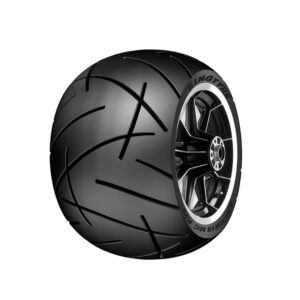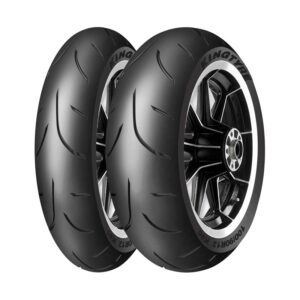For motorcycle enthusiasts, the sleek appearance and unmatched grip of racing slicks are undeniably appealing. However, despite their superior track performance, slick tires are not designed for public roads. In this article, Kingtyre explains the technical, safety, and legal reasons why slicks tires are unsuitable for street use.
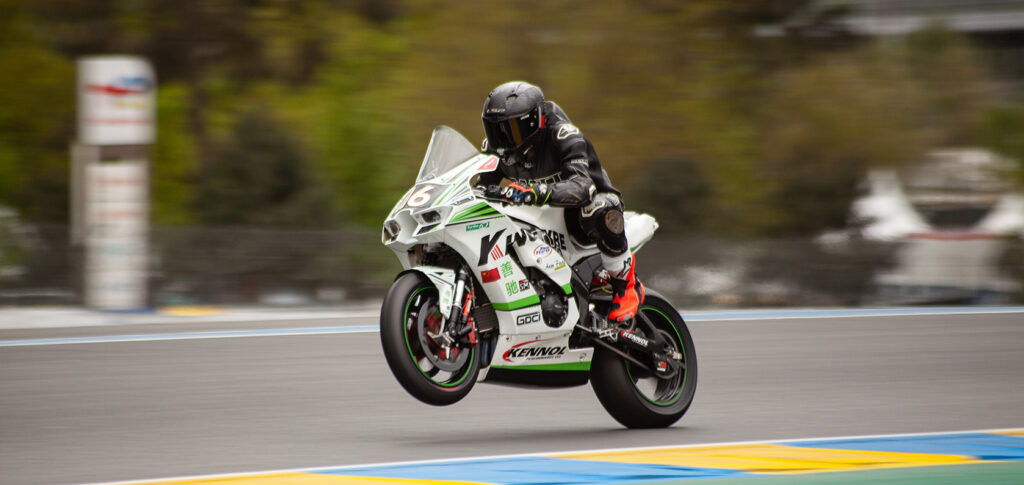
Slick tyres are engineered to operate at optimal temperatures of 80–100°C (176–212°F), which is achieved during aggressive riding on a racetrack. On public roads, average riding conditions only warm tires to 30–50°C (86–122°F). At these lower temperatures, the rubber compound in slick tires remains hard, drastically reducing grip and increasing braking distance by up to 40% in emergency stops.
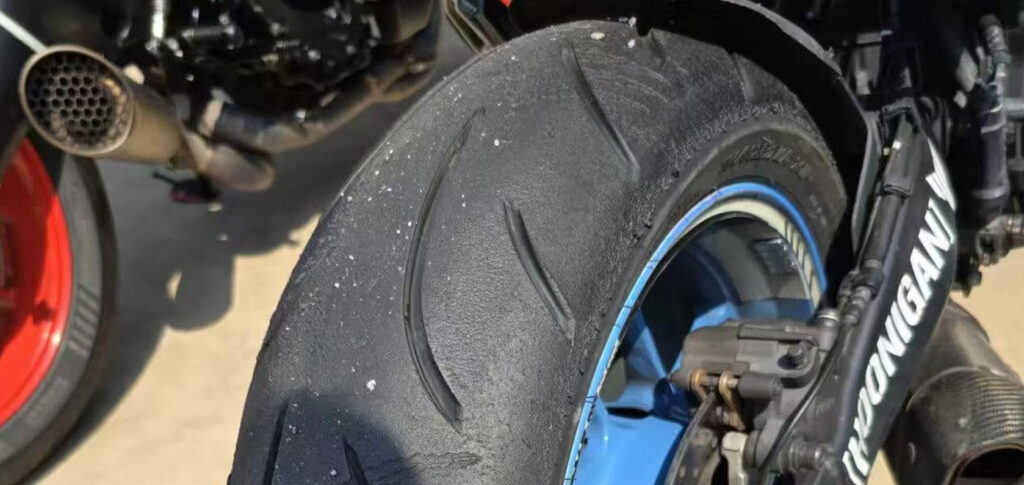
Unlike road-legal tires, racing slicks have no tread pattern. Street tires use grooves to channel water away from the contact patch, preventing hydroplaning. In wet conditions, slicks can lose nearly 80% of their grip due to water film buildup between the tire and road surface.
The ultra-soft rubber compound in slicks tires provides unmatched track grip but wears out three times faster than a standard sport tire. On normal asphalt, a set of racing slicks can last less than 500 km before performance degradation becomes critical.
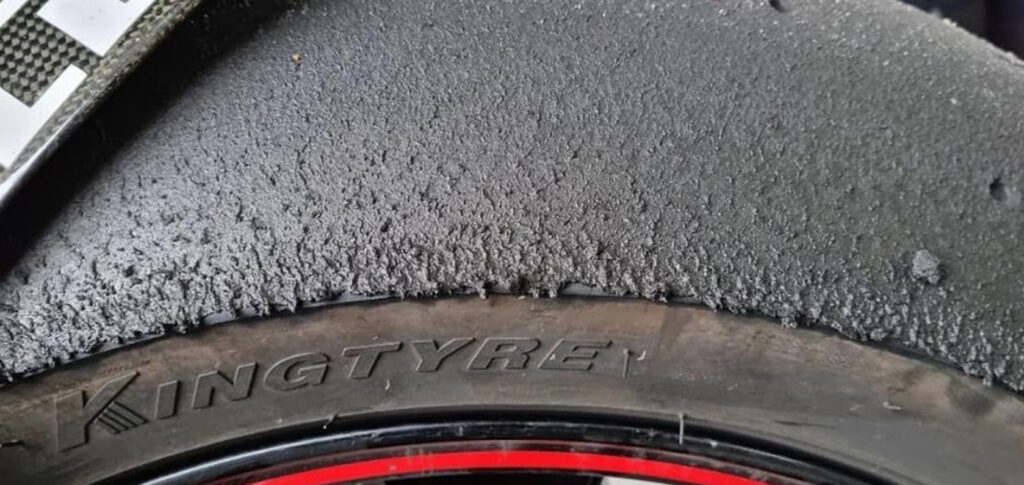
Most countries prohibit slick tyres for public road use due to safety concerns. Here’s a breakdown:
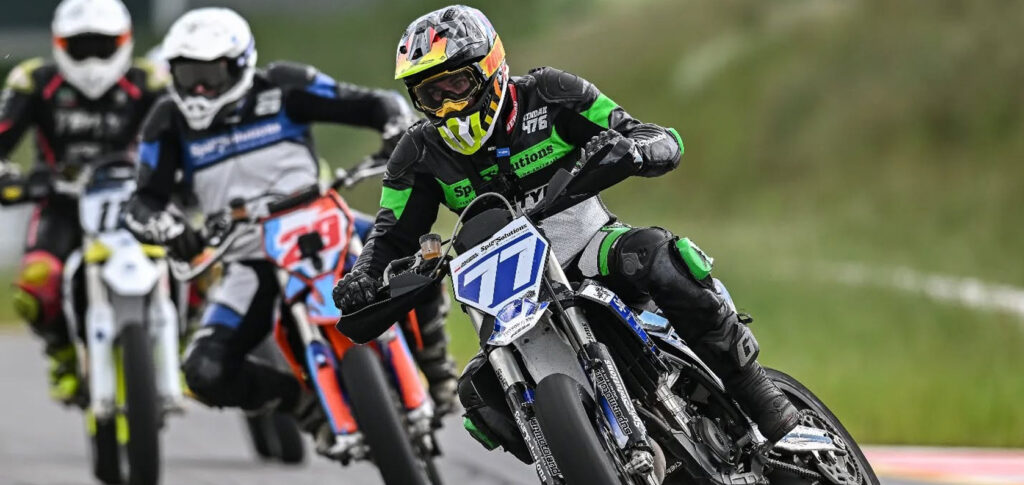
While Kingtyre produces high-performance racing slicks for track professionals, we strongly advise using street-legal sport tires for everyday riding. These offer:
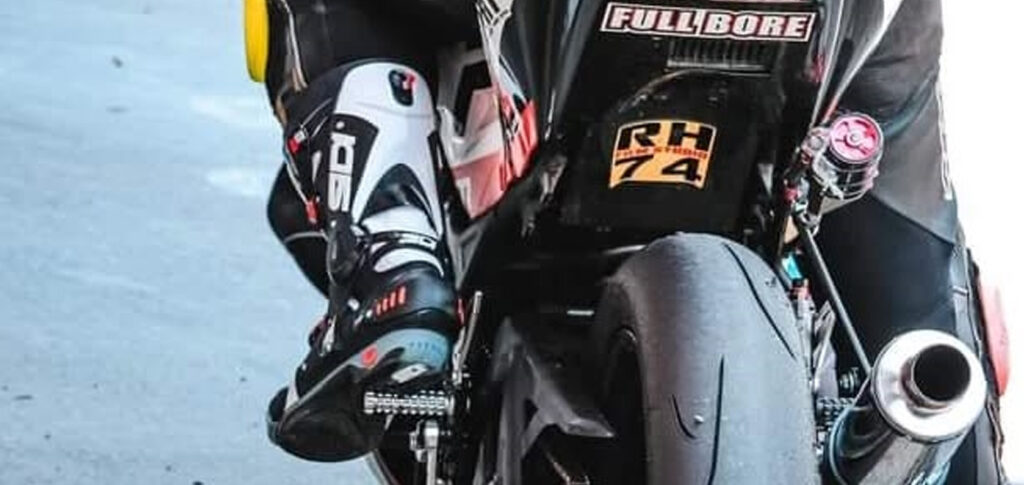
Racing slicks are a marvel of tire engineering, designed for peak performance under extreme track conditions. However, their limited temperature range, lack of tread, rapid wear, and legal restrictions make them unsuitable—and unsafe—for public road use. If you want Kingtyre performance on the street, choose one of our road-approved sport and track-day tires for the perfect balance between performance and safety.


